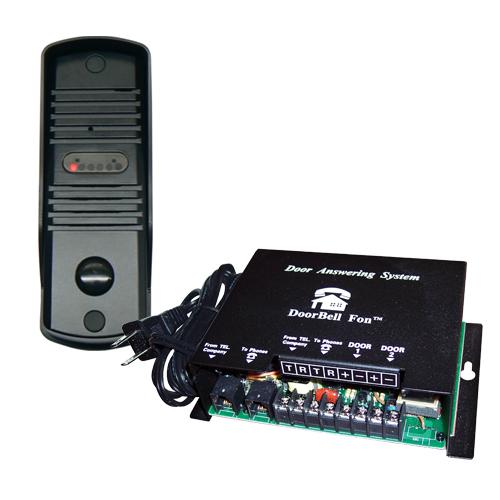


It’s that time of year when many people start to think about their home and what they want to do in it. Having a sense of security and peace of mind knowing that you will be alerted anytime someone is at your door.Being alerted if there is an unexpected visitor or intruder at your door.Hearing the doorbell from any room in your house, so you can answer it quickly no matter where you are.Knowing when someone is at your door without having to constantly check, which can save you time and energy.There are many benefits of having a doorbell chime in your home: Unbelievably, easy installation with no wiring required makes this product great if you’re looking for simplicity as well as affordability (wireless) but remember, there are still low-cost models that require basic wiring skills too. The best part about having a doorbell chime? You have options! Doorbells come in different styles – wired or wireless – and each offers their own pros and cons depending on what you need for your home setup. When someone presses your doorbell button outside of the house, it triggers a switch to send an electrical current through the wire and out to the chime inside. At the bell unit, remove one wire from the terminal marked “front.” Have a helper push the button, if the button is known to be good otherwise carefully remove the button and connect its two wires with a small wire nut (just to be safe, don’t touch the bare wires at this point).What is a doorbell chime? A small, hand-held device that emits sound from musical notes or prerecorded messages.

If you can’t find the transformer, you can still check its voltage and see if it works. You can also use an electrical tester to check the two low-voltage terminal screws on the transformer it should NOT light up if the transformer is working properly. Even the low-voltage side of an electrical system may carry dangerous current in certain conditions where the transformer has failed, though this is fairly rare.Īvoid shock by testing the transformer first. The button and small-gauge wires that run from the button to the doorbell and transformer are normally safe to work on without shutting off the power. In most cases, the button connected to the “front” terminal produces a “ding-dong,” and the one secured to the “back” terminal just produces “ding.” Electrical Safety of Doorbells One wire from the transformer goes to the “trans” terminal, and one wire from each button goes to either the “front” or “back” terminals. Terminals on the bell unit are marked “front,” “back,” and “trans” (for transformer).

Many doorbell units make two sounds: one for the front door, the other for the back door. When the charge stops, the springs thrust the pistons against the bell or chimes: “ding-dong!” The electrical surge sent from the transformer charges the magnet, pulling the pistons against their springs. When you push on the button, it completes the circuit, delivering low-voltage electricity to the bell unit.Īt the bell unit, one or two spring-loaded pistons slide through the windings of an electromagnet. A push-button switch interrupts one of these. Two small-gauge wires run from the transformer to the bell or buzzer. To produce this power, a transformer converts standard household 120-volt current into the lower voltage. Older systems may be 6 or 8 volts, and newer ones are 12 to 14 volts for bells and buzzers and 16 volts for chimes. A conventional doorbell has wires that connect the chimes or bell to the button and transformer, which converts standard power to low voltage.


 0 kommentar(er)
0 kommentar(er)
